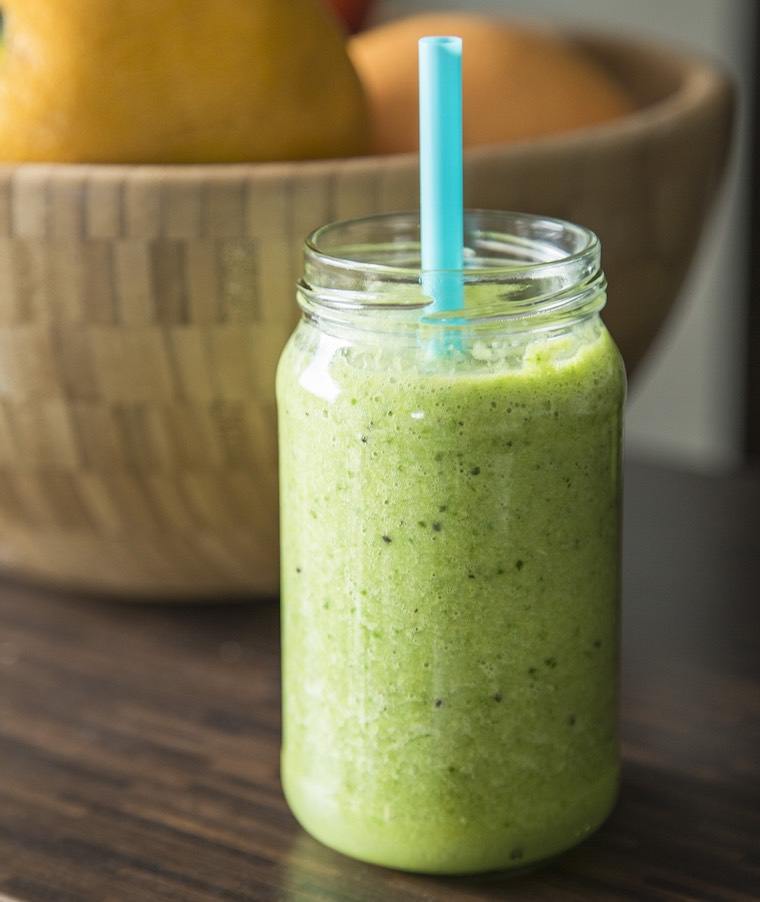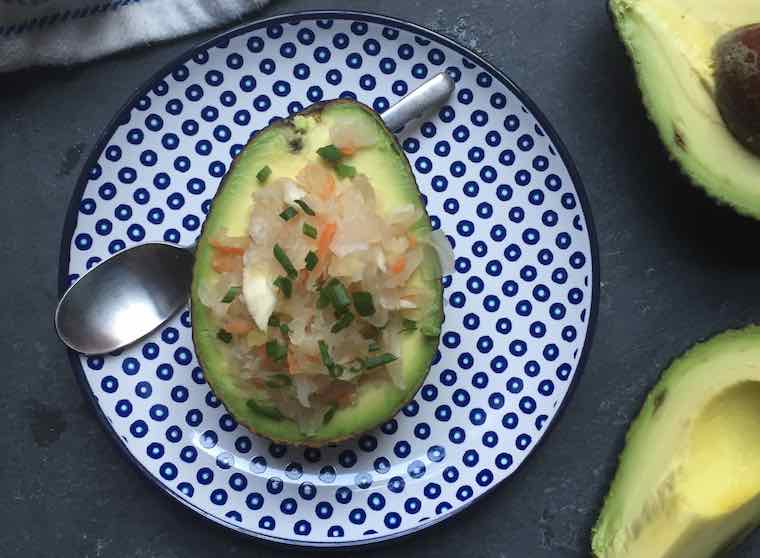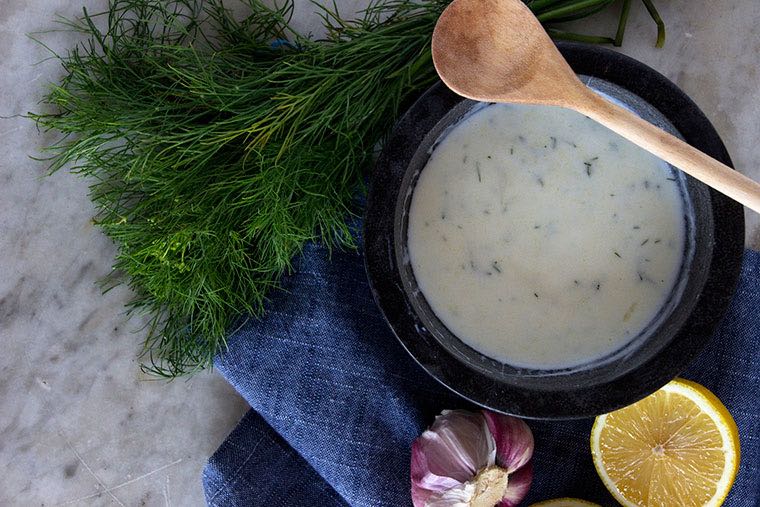5 Good-for-Your-Gut Ways to Use Sauerkraut
"Fermenting a food creates and preserves healthy bacteria," explains registered dietitian and chef Katie Cavuto MS, RD, who works with organic sauerkraut brand Farmhouse Culture. And kraut is particularly good for you because the fiber in cabbage is a source of prebiotics, which attract and nourish the healthy bacteria that make it so rich in probiotics. It's a win-win for your microbiome.
"One serving of sauerkraut easily matches a probiotic supplement," Cavuto says. There are some added benefits too: "It's far less expensive to eat sauerkraut, and you're getting the nutrient density of vegetables."
But it's not all created equal. As in, the stuff you get at the ballpark is not nearly as nutritious. "Shelf stable sauerkraut has been pasteurized, which means that it won’t have the same benefits because the probiotics are denatured," Cavuto reveals. (And she points out that fermenting is different from pickling, which involves extra ingredients—think vinegar and sugar—that ultimately destroy the gut-friendly bacteria.)

{{post.sponsorText}}
For kraut with maximum probiotics, look in the refrigerated section (or make your own). And if you want to be sure you're getting all those good-for-you microorganisms, Cavuto suggests double-checking the nutrient label—you'll want to see live cultures listed.
Once you've found yourself a good jar of kraut, the options are basically endless. Seriously, prepare to go way beyond barbecue condiments: From eggs pickled in kraut juice to a probiotic smoothie boost, Cavuto shares some of her favorite ways to add it to all your favorite dishes (or drinks!).
Originally posted July 3, 2016. Updated August 4, 2017.
Keep reading for five unexpected ways to add gut-friendly sauerkraut to any meal.

1. Smoothie booster
Sipping on sauerkraut is more delicious than it might sound, and what better way to start the day than with a probiotic kick? Incorporate it into your favorite smoothie combo by adding 1/4 cup of kraut. "It's easy, and you'll get a really great tangy flavor," Cavuto says.

2. Pickled eggs
You're probably a master of poaching and scrambling, but have you tried pickling? "It makes for a delicious, probiotic egg," explains Cavuto. All you have to do is submerge hard boiled eggs in kraut juice and let it sit in the fridge for 24 hours. Then you'll have a perfect protein to top your go-to salad or grain bowl.

3. Soup enhancer
Rising temps mean that it's gazpacho season. (Score!) And an easy way to boost both the flavor and nutrient profile of your chilled soup is by adding in pureed sauerkraut. Hunting for a recipe? Try out Gisele Bundchen's, pictured above.

4. The ultimate avo-snack
"Half of an avocado with a nice dollop of kraut in the hole makes for an easy and delicious healthy snack," Cavuto raves. Of course, avocados combined with pretty much anything makes for an amazing dish, but this one—with both healthy fats and probiotics—is an all-star.

5. No-waste salad dressing
When you get to the bottom of a jar of kraut, you'll be left with some very flavorful juices (which are also just as gut-friendly as the cabbage itself). And instead of simply recycling the nearly empty jar, the liquid can be used to whip up a salad dressing with a major gut-healthy boost. Cavuto recommends whisking it into a mixture of olive oil, white wine vinegar, dijon mustard, lemon juice and zest, and some fresh herbs. Boom.
Prefer to keep it classic? Try topping one of these delicious veggie burgers with kraut for a tasty summer dinner. And if you're in for an extra dose of fermentation, how about some skin-fermented (aka orange) wine?
Loading More Posts...